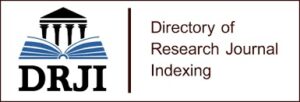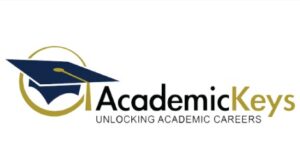Inclusive education of children with sensory disability in Korhogo as a liminal device
(L’éducation inclusive des enfants en situation de handicap sensoriel à Korhogo comme dispositif liminal)
This article is a contribution to the analysis of disability as an analyzer of the study and working conditions of students and teaching staff in a context of inclusive education. The findings reveal many constraints that do not facilitate the learning of children with disabilities. How does the school manage to reconcile the simultaneous presence of students with disabilities and those in a so-called normal situation in the same class? What are the constraints of the inclusive system? Choosing a qualitative approach, we have retained interview and observation as the main given production techniques. Ten (10) inclusive teachers, three (3) school directors and one (1) educational advisor were our main respondents. Our interpretative hypothesis is that the inclusive system, a unique and innovative experience of disability management by the school system, is, due to technical and pedagogical constraints, a system that is not totally exclusive but not perfectly inclusive either. The transcribed interview data were subjected to a manual analysis for the presentation of the inclusive device for its analysis around the concept of liminality. The analysis shows disability as the basis of the difference between students in the inclusive system. The fact that they are not taken into consideration in the construction of the inclusive device keeps them in liminality. To do this, the system requires breaks for the inclusion of students with disabilities.
Keywords: Inclusive school – sensory disability – Device – Liminality – Korhogo




















